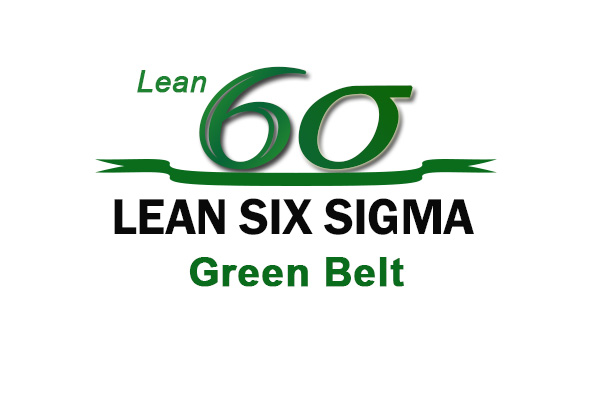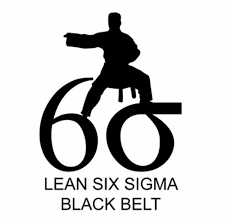

Variation occurs everywhere! Understanding and reducing variation in service, manufacturing and sales and marketing processes are key to achieving Six Sigma performance. Measurement and statistical analysis are key elements for a successful program. The Six Sigma process and its linkage to Lean Production System will be discussed. The course is highly interactive where delegates will run a business simulation process applying their new knowledge to approach six sigma performances.
By the end of this course delegates will be able to:
Team Leaders, Managers, Superintendents, General Supervisors, Officers, Supervisors, Line Managers, HR Professionals
This interactive Training will be highly interactive, with opportunities to advance your opinions and ideas and will include;
BTS attendance certificate will be issued to all attendees completing minimum of 75% of the total course duration.
| Code | Date | Venue | Fees | Register |
|---|---|---|---|---|
| QUA125-01 | 03-05-2026 | Dubai | USD 5450 | |
| QUA125-02 | 19-07-2026 | Manama | USD 5450 | |
| QUA125-03 | 20-09-2026 | Salalah | USD 5450 | |
| QUA125-04 | 20-12-2026 | Dubai | USD 5450 |

This course uses renowned Motorola methodology to identify and solve problems in organizations. Targeting the yellow belt level, this course will provide participants with the knowledge to identify im ...

Certified Six Sigma Project Managers Earn Much More Than Their Counterparts. Six Sigma Green Belt Course leading to Six Sigma Green Belt Certification offers a unique opportunity to get yourself certi ...

The Six Sigma methodology is a systematic application focused on achieving significant financial results and increasing customer satisfaction. When properly deployed on carefully selected business pro ...

Six Sigma is a quality improvement methodology structured to reduce product or service failure rates to a negligible level. Six Sigma companies typically spend less than five percent of their revenues ...
Providing services with a high quality that are satisfying the requirements
Appling the specifications and legalizations to ensure the quality of service.
Best utilization of resources for continually improving the business activities.
BTS keen to selects highly technical instructors based on professional field experience
Since BTS was established, it considered a training partner for world class oil & gas institution
1st floor, Incubator Buildingو Masdar City, Abu Dhabi, UAE
Sun to Fri 09:00 AM to 06:00 PM
Contact Us anytime!
Request Info